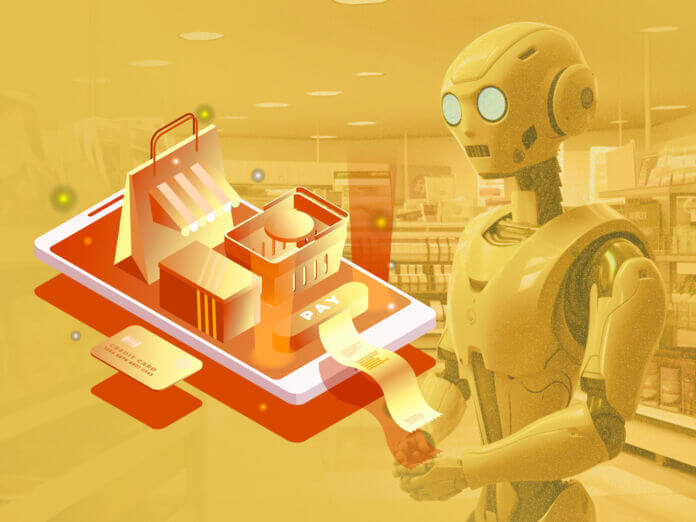
The potential of retail IoT is staggering. Yet increasing customer expectations, fast-changing consumer habits, complex logistic chains, and human error are some factors holding retailers back from fully realizing their business opportunities.
But what can IoT technology offer retailers? What use case opportunities are there in retail? This article sheds some light on these questions and more.
Payment Processing Terminals
A recent report found that cashless payments have more than doubled since the COVID-19 pandemic in the US, Australia, Canada, and the UK.
More stores are equipping staff with payment processing terminals (e.g. tablet, mobile) that can handle payment transactions and better assist customers on the floor. The demand for these terminals is so strong that analysts estimate the payment processing market will reach USD$147 billion by 2027.
This growing reliance upon contactless payment methods has put payment processors at the forefront of retail.
In retail, this means that IoT-enabled payment processing terminals need to provide fast, yet highly secure service due to the nature of the data transmitted.
Unstable connectivity can leave sensitive data vulnerable to malicious actors, cause transaction failures, and countless frustrations, negatively impacting the retailer due to loss of sales and reputation.
End-to-end encryption technology and global coverage ensure your devices connect to the best signals wherever you are with the highest levels of security.
Automated Product Distribution Systems
Automated product distribution systems, also known as vending machines, used to be relegated to hard-to-reach places like airports, gas stations, and industrial sites.
Today, they can be found in most areas (e.g. shopping malls and train stations) with high foot traffic, translating to significant market growth.
Retailers are also launching innovative variants with novel products, integrated touch-screen panels, and cashless payment functionalities.
A connectivity provider that can give a single pane of glass management platform means that retailers will have 24/7 access to all vending machines.
Retailers can now adjust delivery schedules based on real-time sales, or coordinate maintenance when machines experience tempering or a malfunction. This simultaneously reduces unnecessary deployment of manpower and prevents costly equipment failure.
In-Store Customer Analytics
Regarding shopping, there are distinct differences between online and offline purchasing patterns.
Moving from webpage to webpage vastly differs from physical stores where customer movement and behavior are more dynamic.
With connected sensors, brick-and-mortar retailers can track customer behavior, providing insights into shopping patterns, preferences, and pain points (i.e., purchase and friction points, path trajectory, and engagement time).
This can better inform company sales and marketing initiatives, enabling retailers to tailor their offerings and services to meet customer needs
Studies have also shown that companies making intensive use of customer analytics are 2.6 times more likely to have a significantly higher ROI and three times as likely to generate above-average revenue growth than competitors.
Supply and Inventory Management
Finally, one of the top IoT-use cases across the retail industry is to gain more granular insights into the supply chain and inventory.
Retailers use IoT applications and devices with other technology (e.g. RFID) to simplify supply chains and track product data. This includes location, inventory levels, movement, and other real-time insights that enable just-in-time replenishment to reduce stockouts and overstocking.
Conclusion
What we outlined above are just a few ways connected IoT devices can improve various retail processes, as new and innovative use cases continue to emerge.
Retailers must stay ahead of the curve by adopting IoT technologies and leveraging data analytics to drive business decisions that will improve operational efficiency and enhance the overall customer experience.
- SEO Powered Content & PR Distribution. Get Amplified Today.
- PlatoData.Network Vertical Generative Ai. Empower Yourself. Access Here.
- PlatoAiStream. Web3 Intelligence. Knowledge Amplified. Access Here.
- PlatoESG. Carbon, CleanTech, Energy, Environment, Solar, Waste Management. Access Here.
- PlatoHealth. Biotech and Clinical Trials Intelligence. Access Here.
- Source: https://www.iotforall.com/how-is-iot-revolutionizing-the-global-retail-industry



